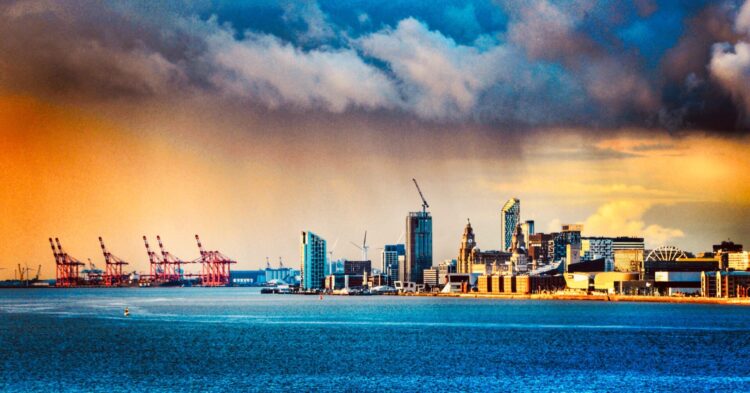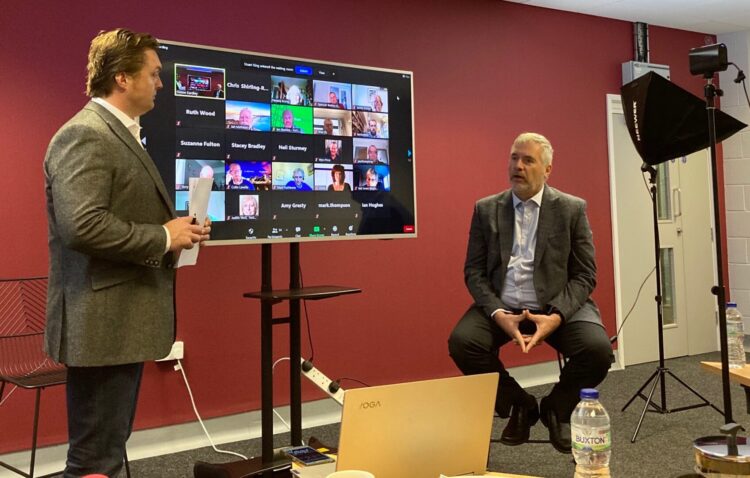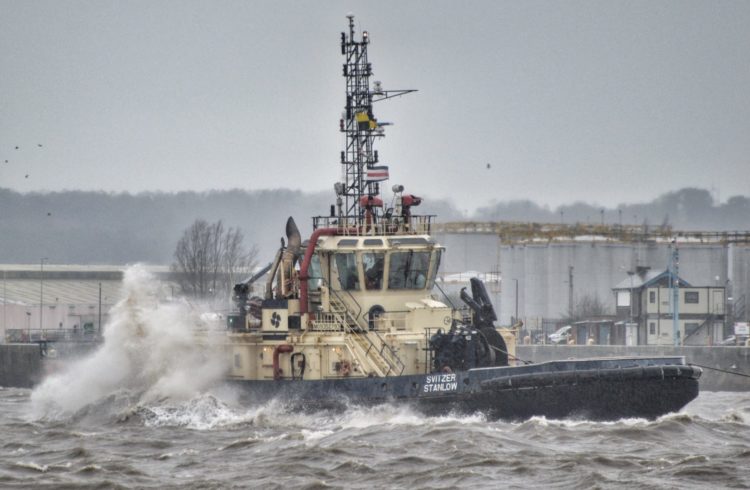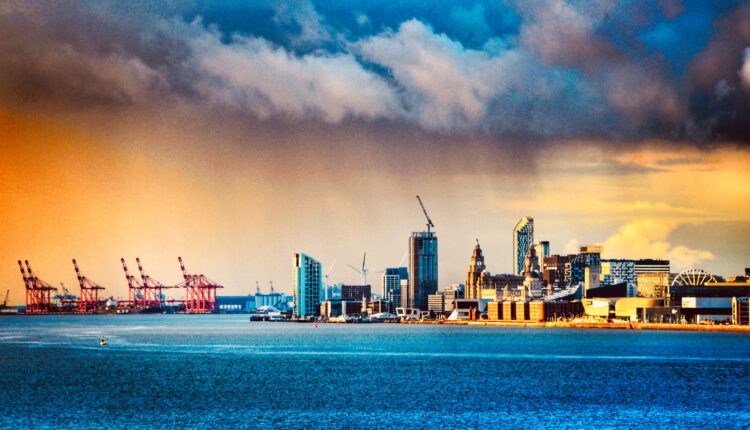Mersey can provide 100 years of clean energy
Project director for the multi-billion pound Liverpool city region Mersey Tidal Power project says the power of the River Mersey could provide emissions-free energy as soon as 2030. Tony McDonough reports

A multi-billion pound project to generate emissions-free electricity using the power of the River Mersey will last for 100 years – and it may include both a barrage and a lagoon.
Addressing Mersey Maritime businesses in one of the industry body’s new-look hybrid Face-2-Face webinars, Martin Land, the project director for the Liverpool city region Mersey Tidal Power project, said he hoped to see at least one of the schemes fully operational by 2030.
One of Liverpool City Region Metro Mayor Steve Rotheram’s centrepiece Building Back Better projects, Mersey tidal power looks to harness the power of the river’s tidal range and currents to generate emissions-free power. It also has the potential to create thousands of highly-skilled jobs.
For more than a century the North West has possessed its own energy capacity via coal, gas, nuclear and, more recently, wind power. But with coal and nuclear stations coming out of service the region faces becoming a net importer of energy for the first time.
Currently, the UK’s generating capacity stands at around 75 GW and this is predicted to rise to up to 178 GW by 2050. Experts believe the tidal range around the North West coast could provide 8 to 12 GW of capacity with the Mersey having the potential to provide 1 to 5 GW.
According to Mr Land, if the Mersey Tidal Power project was fully operational today, it could supply all the energy needs for the Liverpool city region. Previously the Metro Mayor has said the scheme would generate enough electricity to power one million homes or 500 football stadiums.

Mr Land, a 30-year veteran of major energy and infrastructure schemes, is leading the in-house project team at the Liverpool City Region Combined Authority. In February this year, the CA approved £2.5m in funding to take the project forward in its next stage of development.
He told those attending the webinar that the current target was to begin construction in 2025 with the first energy being generated by 2030. He added it would sit alongside current and future capacity offered by wind farms in Liverpool Bay.
“We are not looking to compete with wind power,” said Mr Land. “We are looking to be complementary. At those times when the wind doesn’t blow we will need back-up generating capacity. This project could provide 20% of the regional demand in the North West and that is a huge contribution.”
Two types of tidal power projects are being looked at by Mr Land and his team – a fixed barrage on the river and a lagoon. Both will use turbines and take advantage of what is called the ‘tidal range’. This is the difference between the lowest and the highest tides.
The Mersey has the second-highest tidal range in the UK. It rises from 4m up to 10m at spring tide and is second only to the River Severn. Water from the high tides would be released through turbines as the tide falls, generating power.
Mr Land said it is not necessarily one or the other. Ideally, both types of generation would be used and he added that, unlike wind turbines or power stations that may have a lifespan of 25-50 years, the Mersey Tidal Power project would last much longer.
He explained: “This project will take a decade to put into operation but, once it is up and running, it will be able to provide energy for 100 years. No other energy projects will last that long… but it is really important we see it as a joint effort. Part of the overall energy jigsaw for the UK.
“There is going to be a lack of big generation in the North West. We are going to become a net importer of energy for the first time… What this project can provide is flexibility and resilience.”
Mersey Tidal Power is still very much in the planning stage and therefore Mr Land said it was not possible at this stage to talk about specific locations. But the team is looking at a wide geographical area from in the river itself and out into Liverpool Bay and off the Sefton and Wirral coasts.
Two of the biggest challenges the team faces are how to pay for the project and what the localised environmental impact will be. The Mersey estuary and Liverpool Bay is teeming with wildlife and how the project impacts on habitats is forming a major part of the overall study.
Funding is likely to be a major issue with the cost expected to run into the billions. The default in the UK in the past few years has been to seek private funding for large infrastructure projects. However, as has been seen with schemes such as HS2 and the Hinkley Point power station, once the supply chain is locked in, costs can rise significantly.

“One of the things we need to do is look at how we can keep the costs of the project down as much as possible by utilising technology,” said Mr Land. “We are looking at things such as modular construction and autonomous vehicles.
“How we will impact on marine habitats is one of the biggest questions. That is particularly the case if we build a barrage. A lagoon might have less of an environmental impact. We have to demonstrate this project is in the public interest.”
Consultation, both with statutory bodies and with the public, will be a huge part of the development of the project, Mr Land insisted. And he talked about the potential benefits in terms of jobs and skills and linking in with projects such as the £23m Maritime Knowledge Hub (MKH).
He added: “We are very excited about the projects of linking in to industry locally and with projects such as the MKH. We want Merseyside to become a centre of excellence for tidal power.”

